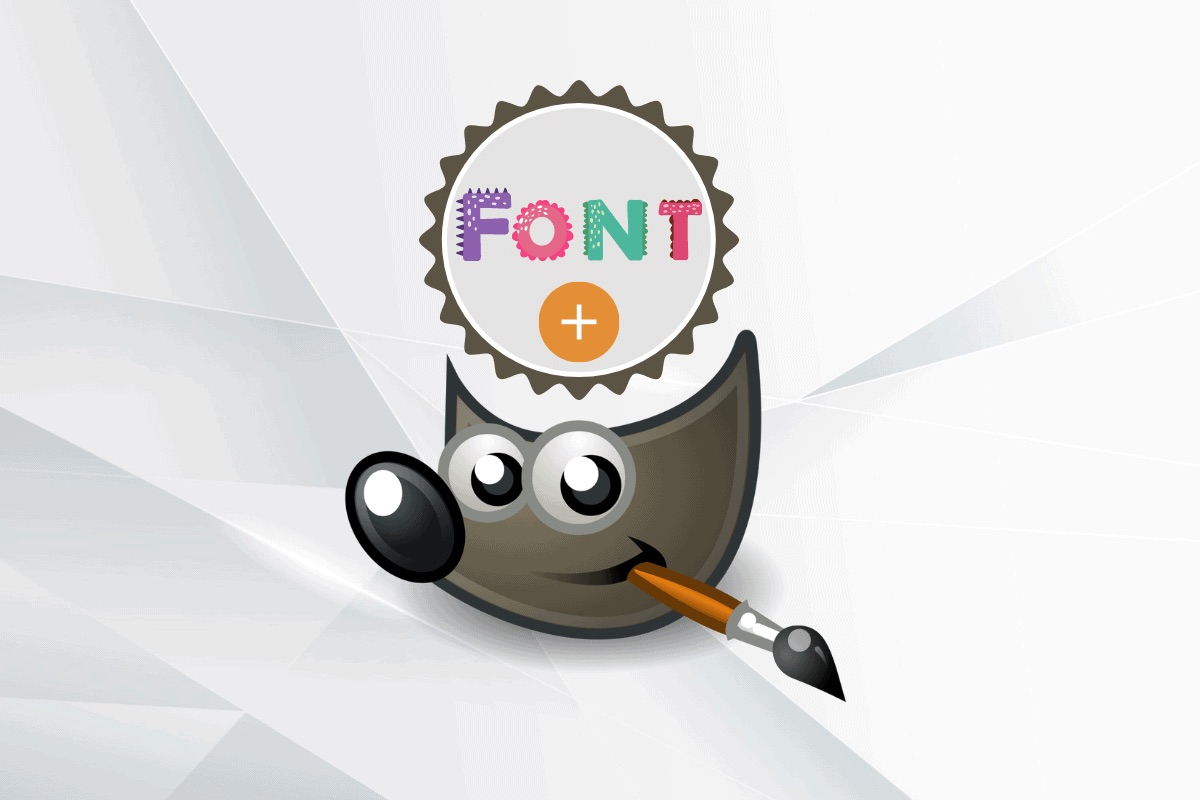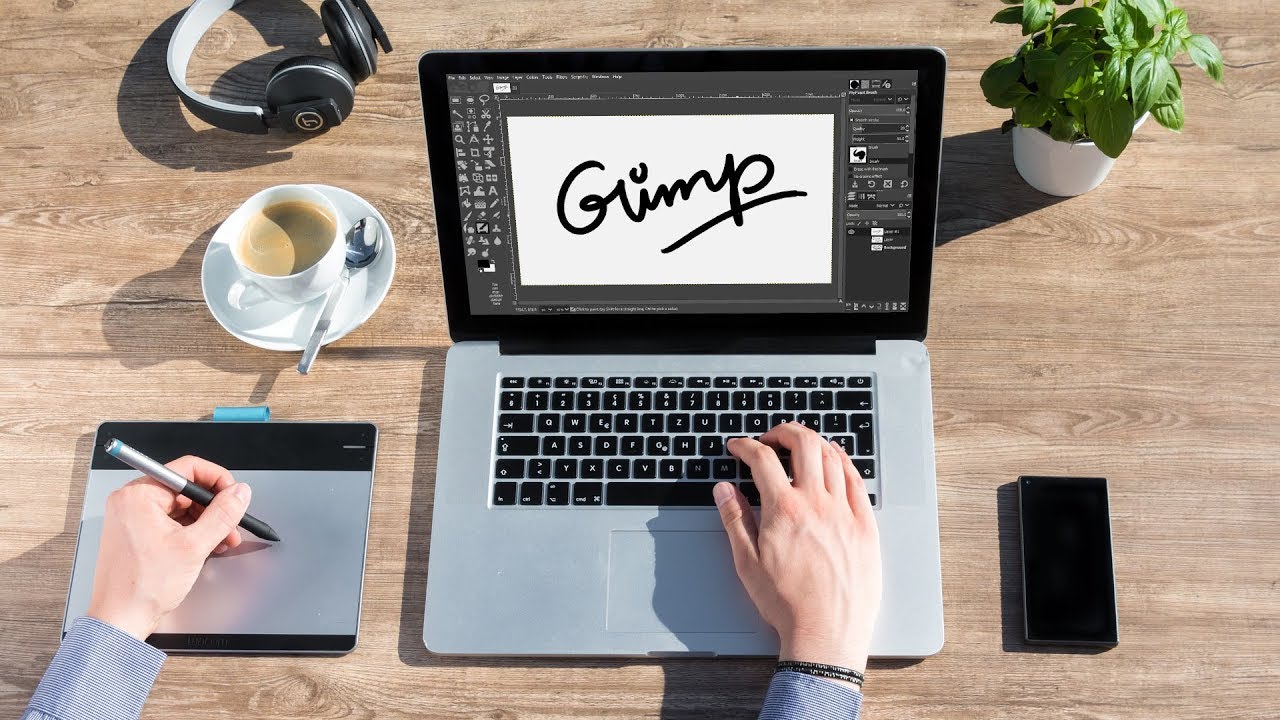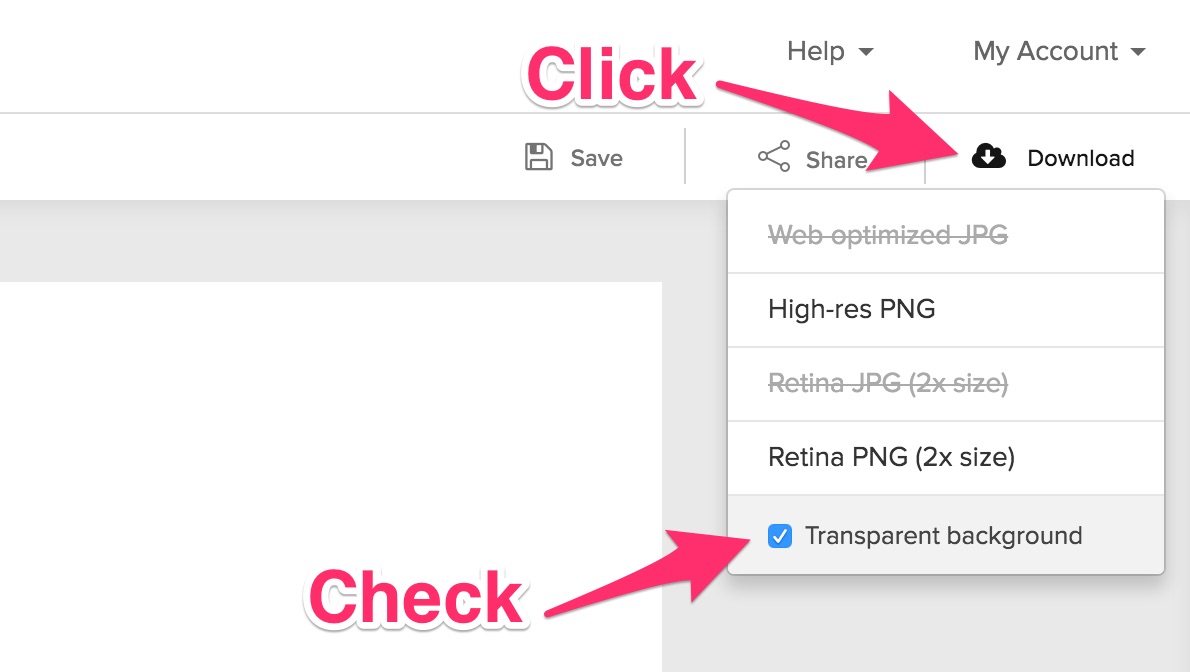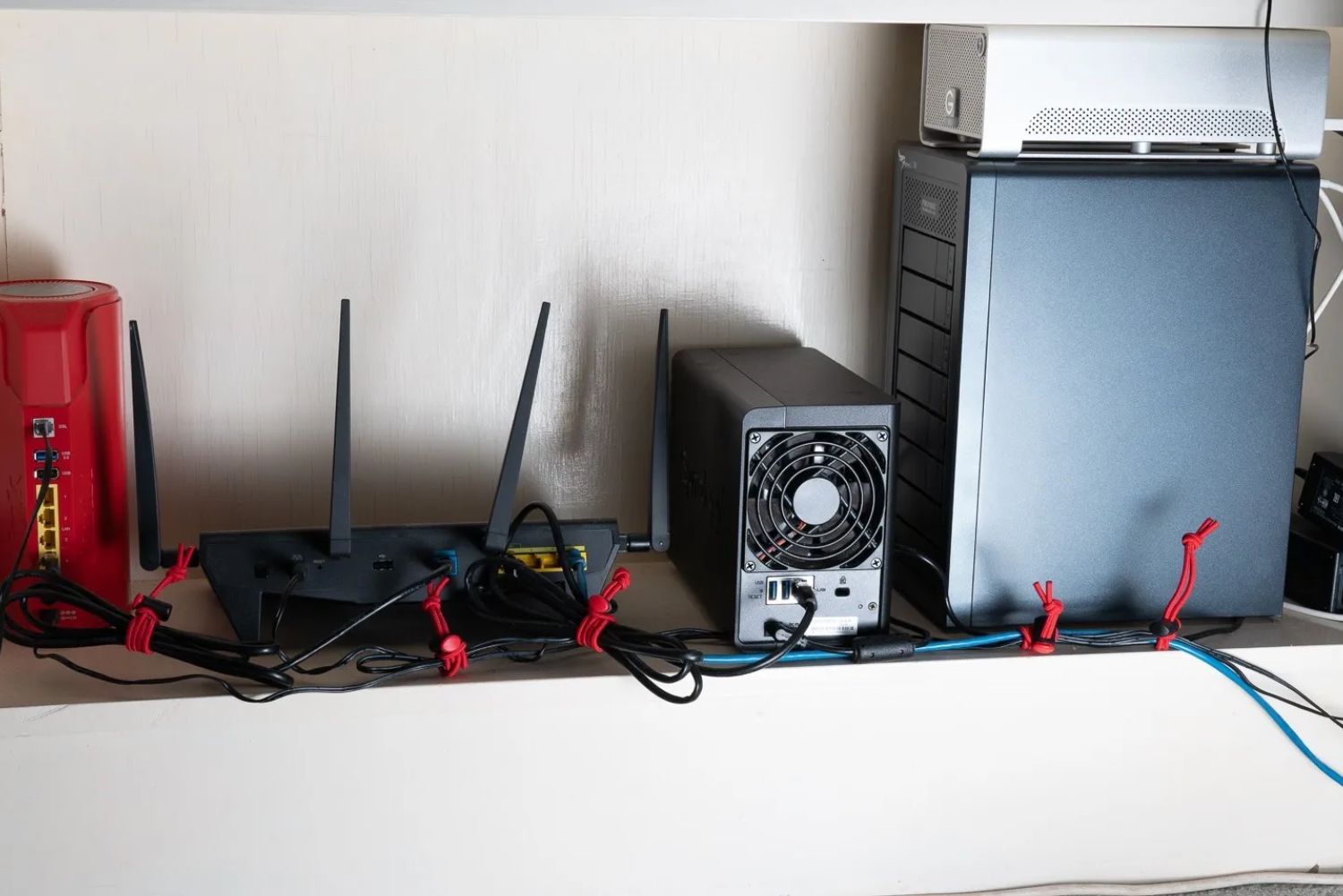Introduction
Fonts play a crucial role in graphic design, adding personality, style, and impact to your projects. GIMP, the popular open-source image editing software, allows you to unleash your creativity by using a wide range of fonts. However, the default font selection in GIMP may not always satisfy your aesthetic preferences or project requirements.
Fortunately, there are countless fonts available on the internet that you can easily download and integrate into your GIMP software. Whether you need a fancy script font for a wedding invitation or a bold display font for a poster, the process of downloading and installing fonts on GIMP is relatively straightforward.
In this article, we will guide you through the step-by-step process of downloading and installing fonts on GIMP. By following these instructions, you’ll be able to access a vast library of fonts and unlock endless creative possibilities.
Before we dive into the steps, it’s important to note that GIMP can only utilize fonts that are installed on your computer. Therefore, any font you wish to use in GIMP needs to be downloaded and installed on your operating system first.
Now that you understand the basic premise, let’s get started with the process of downloading fonts on GIMP!
Step 1: Choose a reputable font website
The first step in downloading fonts for GIMP is to find a reliable and reputable font website. There are numerous websites available that offer a wide variety of free and paid fonts. However, it’s important to choose a website that provides high-quality fonts and ensures that the font files are safe and free from malware.
When selecting a font website, consider factors such as a user-friendly interface, a diverse collection of fonts, and positive reviews from other users. Some popular font websites that are trusted in the design community include Google Fonts, Font Squirrel, Dafont, and Adobe Fonts. These websites offer a vast selection of fonts that cater to different design preferences and project requirements.
Additionally, reputable font websites often provide helpful features such as font previews, category filters, and user ratings. These features can assist you in finding the perfect font for your project by allowing you to preview how the font looks and reads before downloading it.
It’s also crucial to check the licensing terms for each font you consider downloading. Some fonts may be free for personal use but require a license for commercial projects. Make sure to read and comply with the licensing terms to avoid any legal issues down the line.
Remember, choosing a reputable font website ensures that you have access to high-quality fonts that will enhance the visual impact of your GIMP designs. Now that you know what to look for in a font website, let’s move on to the next step: browsing and selecting the desired font.
Step 2: Browse and select the desired font
Once you’ve chosen a reputable font website, it’s time to browse through their collection and select the font that best suits your design needs. Most font websites provide various ways to explore their font library, making it easier for you to find the perfect font.
Start by using the search bar, if available, and enter specific keywords related to the style or category of font you’re looking for. For example, if you’re designing a vintage-inspired poster, you might search for terms like “retro,” “vintage,” or “old-fashioned.”
Another helpful feature provided by font websites is the ability to filter fonts by category, such as serif, sans-serif, script, display, or handwriting. Take advantage of these filters to narrow down your search and focus on fonts that are relevant to your design project.
It’s important to consider the readability and legibility of the font, especially if it will be used for body text or smaller sizes. Fonts with intricate or elaborate designs may look stunning as display fonts but can be challenging to read when used in large blocks of text. For body text, opt for fonts with clear and distinguishable letterforms.
When browsing fonts, take your time to explore different options and consider how they align with the overall tone and style of your design. Pay attention to important features such as letter spacing, line height, and special characters to ensure that the font meets your requirements.
Many font websites provide font previews that allow you to see how the font looks in different sizes and styles. This helps you assess the visual impact and compatibility of the font with your design before downloading it.
By taking the time to browse and select the desired font, you can ensure that your GIMP design reflects the intended aesthetic and communicates your message effectively. Once you’ve found the perfect font, it’s time to move on to the next step: downloading the font file.
Step 3: Download the font file
After selecting the desired font from a reputable font website, the next step is to download the font file to your computer. Font files usually come in compressed formats like .zip or .rar, so you’ll need to extract them before installing them on your operating system.
To download the font file, most font websites provide a download button or a link next to the font preview. Click on the download button or link to initiate the download process. The download may start automatically, or you may be prompted to select a location on your computer to save the file.
It’s important to keep track of where you save the downloaded font files on your computer for easy access later. It’s a good practice to create a designated folder for fonts, making it easier to find and organize your font collection.
Depending on the size of the font file and your internet connection speed, the download process may take a few seconds or several minutes. Patience is key during this step, especially when downloading larger font files or if you have a slower internet connection.
Once the font file has finished downloading, you’re ready to move on to the next step: extracting the font file from the downloaded zip folder. Extracting the font file allows you to access the font files necessary for installation.
Now that you’ve successfully downloaded the font file, let’s proceed to the next step and extract the font file in order to install it on your operating system.
Step 4: Extract the font file from the downloaded zip folder
Once you’ve downloaded a font file in a compressed format, such as .zip or .rar, you need to extract the font file from the downloaded folder before you can use it in GIMP. This step is necessary because font files are typically bundled together with additional information or documentation.
To extract the font file, locate the downloaded zip folder on your computer. Right-click on the folder and select the “Extract” or “Extract All” option from the context menu. This will prompt your operating system’s built-in extraction tool to open.
Specify the destination folder where you want to extract the font file. You can choose any location on your computer, but it’s best to select a folder that is easily accessible, such as your desktop or a designated font folder.
Click the “Extract” button to begin the extraction process. Depending on the size of the zip folder and your computer’s processing speed, it may take a few seconds or longer to complete the extraction.
Once the extraction is complete, you should see the font file(s) in their respective formats, usually with extensions like .ttf (TrueType Font) or .otf (OpenType Font). These are the actual font files that GIMP and other software will recognize and use.
It’s important to note that some font files may come with additional files, such as licensing information or font variations (e.g., bold, italic). It’s advisable to keep these additional files alongside the extracted font file for future reference.
By extracting the font file from the downloaded zip folder, you’re now ready to install the font on your operating system and make it available for use within GIMP. Let’s move on to the next step, where we’ll discuss how to install the font on your computer.
Step 5: Install the font on your computer
After extracting the font file from the downloaded zip folder, the next step is to install the font on your computer. By installing the font, you’ll make it accessible to all the applications on your operating system, including GIMP.
The process of installing fonts can vary slightly depending on your operating system. The following instructions provide a general guide for installing fonts on Windows, macOS, and Linux:
Windows:
- Locate the extracted font file(s) with the .ttf or .otf extension.
- Right-click on the font file and select “Install” from the context menu.
- Windows will install the font, and you’ll receive a notification indicating the successful installation.
macOS:
- Double-click on the extracted font file with the .ttf or .otf extension.
- A preview window will open, displaying the font information.
- Click the “Install Font” button located at the bottom of the preview window.
- The font will be installed, and you can confirm its installation in the Font Book application.
Linux:
- Copy the extracted font file(s) with the .ttf or .otf extension.
- Paste the font file(s) into the “/usr/share/fonts” directory or the “~/.fonts” directory in your home folder (create the folder if it doesn’t exist).
- Open a terminal and run the command “sudo fc-cache -f -v” to update the font cache.
- The font will be installed and available for use in GIMP and other applications.
By following these instructions, you can successfully install the font on your computer. Once the font is installed, it will be accessible not only in GIMP but in other software as well.
Now that you’ve installed the font, let’s move on to the next step, where we’ll refresh the font list in GIMP to ensure that the newly installed font appears in the software.
Step 6: Refresh the font list in GIMP
After installing a new font on your computer, GIMP needs to refresh its font list to recognize and display the newly installed font. Without refreshing the font list, the newly installed font may not appear in GIMP’s font selection menu.
To refresh the font list in GIMP, follow these steps:
- Launch GIMP on your computer.
- In the main menu, navigate to “Edit” and select “Preferences” (Windows/Linux) or “GIMP” and select “Preferences” (macOS) to open the Preferences window.
- In the Preferences window, find and click on the “Folders” category located in the left-hand sidebar.
- Within the Folders category, click on the “Fonts” sub-category. This will display the paths where GIMP currently searches for fonts.
- Click on the “Reset Font Paths to Default” button to reset the font paths to their default settings.
- Click the “OK” button to save the changes and close the Preferences window.
By resetting the font paths in GIMP, you ensure that GIMP recognizes all the fonts installed on your computer, including the recently installed font. Now, when you access the font selection menu in GIMP, the newly installed font should be visible and ready to use in your design projects.
Remember that you may need to restart GIMP for the font changes to take effect. Once you’ve refreshed the font list, you’re ready to access and use the newly downloaded font in GIMP.
Now that you’ve refreshed the font list in GIMP, let’s move on to the final step, where we’ll discuss how to access and use the downloaded font in GIMP.
Step 7: Access and use the downloaded font in GIMP
With the font list in GIMP refreshed, you can now easily access and use the downloaded font in your design projects. Follow these steps to use the font in GIMP:
- Launch GIMP on your computer.
- Create a new project or open an existing one.
- Select the text tool from the toolbox, usually represented by the “A” icon.
- In the text options dialog, click on the font selection menu.
- A drop-down list will appear, showing all the available fonts in GIMP.
- Scroll through the list or use the search bar to locate the newly downloaded font.
- Click on the font name to select it.
- Specify the font size, color, and any additional formatting options as needed.
- Click on the canvas where you want to place the text and start typing.
Once you’ve selected the downloaded font, you can easily use it to create text elements in your GIMP project. The text tool allows you to input, edit, and format text using the selected font.
Remember that the newly downloaded font may appear at the end of the font list in GIMP, especially if you have a large font collection. If you’re unable to find the font, you can also type the font name directly into the font selection menu’s search bar to quickly locate it.
Using the downloaded font in GIMP opens up endless possibilities for your designs. Whether you’re working on graphic design projects or creating elaborate text-based artworks, the newly downloaded font will enhance the visual appeal and impact of your work.
Now that you know how to access and use the downloaded font in GIMP, you’re ready to unlock your creativity and enjoy the diverse range of font options available to you.
Congratulations! You’ve successfully learned how to download, install, and use fonts in GIMP. With this knowledge, you can continue exploring new fonts and unleashing your artistic potential in your future design endeavors.
Conclusion
Fonts are a vital element of graphic design, and having access to a wide variety of fonts can significantly enhance your creative projects. In this article, we’ve walked through the step-by-step process of downloading, installing, and using fonts in GIMP.
We began by emphasizing the importance of choosing a reputable font website. By selecting a trusted source, you can ensure high-quality fonts that are free from any potential risks or malware. We then discussed how to browse and select the desired font, considering factors such as style, readability, and project requirements.
The next steps focused on downloading the font file from the chosen website and extracting it from the downloaded zip folder. We provided guidance on installing the font on different operating systems, including Windows, macOS, and Linux. Additionally, we covered the crucial step of refreshing the font list in GIMP to ensure that the newly installed font is recognized by the software.
Finally, we explained how to access and use the downloaded font in GIMP, enabling you to incorporate it into your design projects effortlessly. The ability to select from a diverse range of fonts empowers you to communicate your messaging effectively and infuse your designs with character and style.
By following these steps, you now have the knowledge and confidence to explore the vast world of fonts available online and integrate them seamlessly into your GIMP workflow. Remember to consider your project’s needs, experiment with different fonts, and continue expanding your font library to continually enhance your design skills.
So, go ahead and dive into the world of fonts—unleash your creativity and elevate your GIMP designs with the perfect typography choices.

























